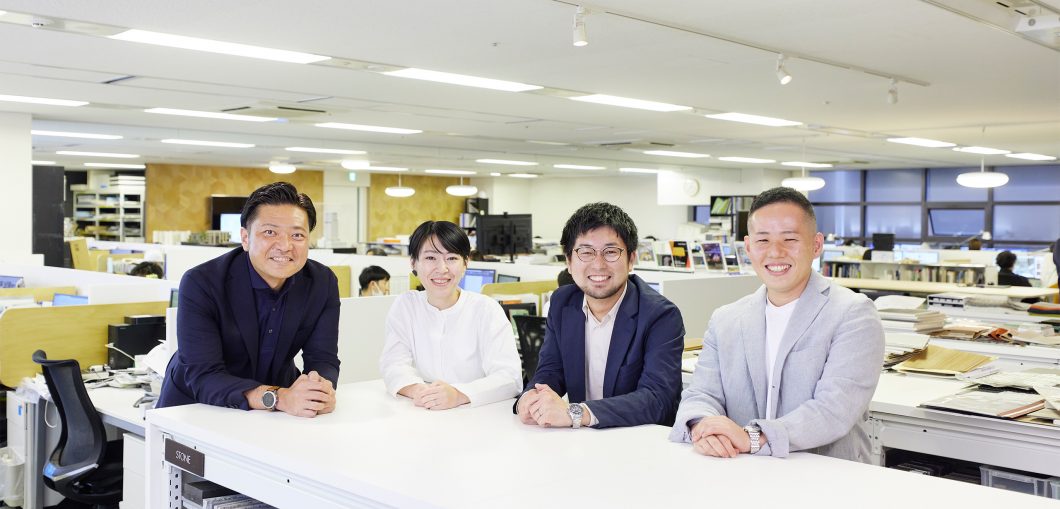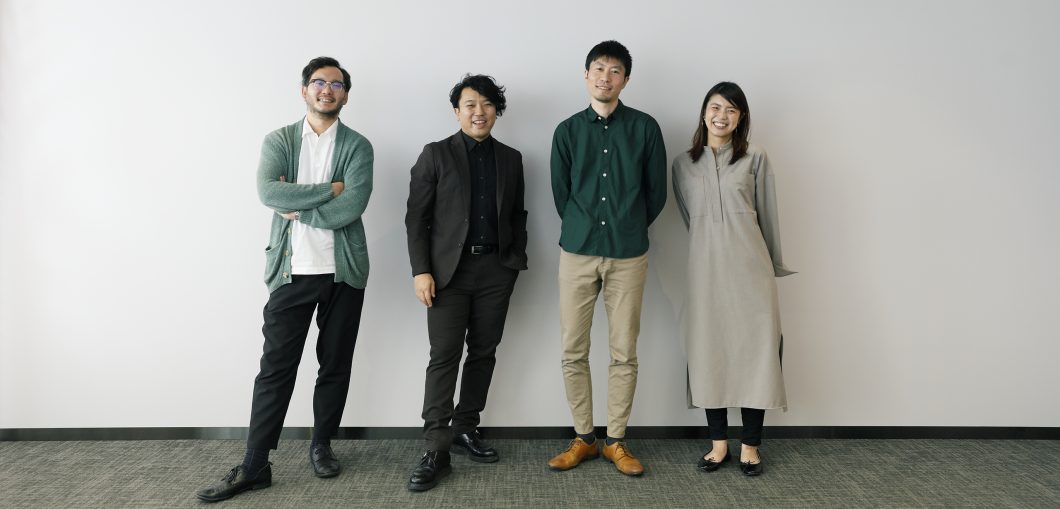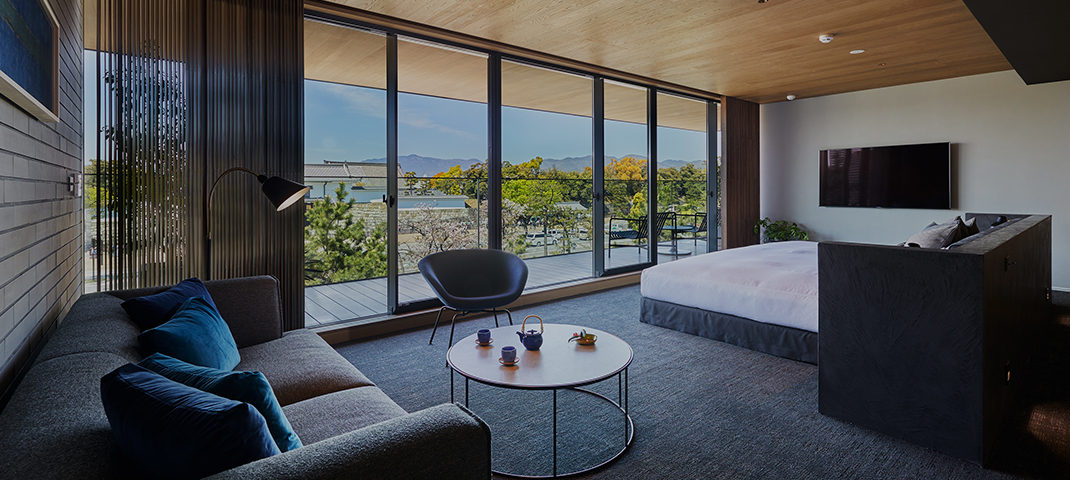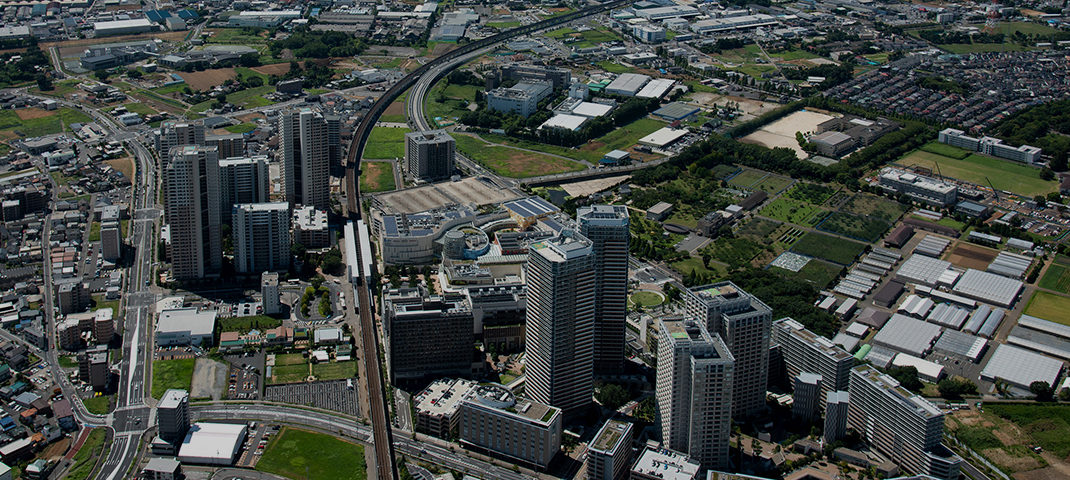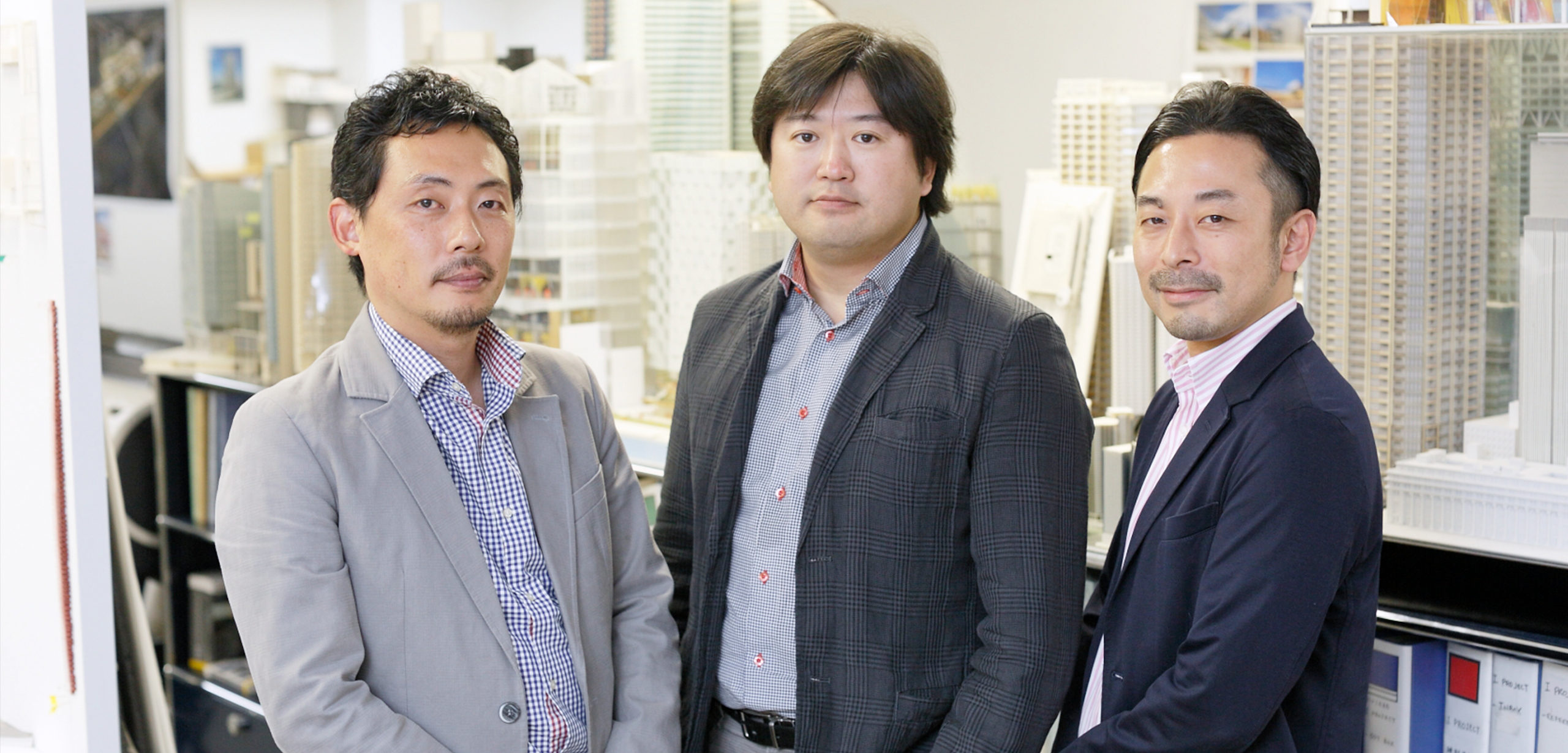
01
DESIGN WITH RESILIENCE
Three senior members of staff in JMA, PCPAJ will exchange
their thoughts about the above corporate philosophy,
which has been passed on from Caesar Pelli to Jun Mitsui, and to all members of staff.
Introduction
When JMA, PCPAJ approaches a new project, we first look at the city as a whole, and take into consideration the type of people who live there; we carefully investigate the environment, and look at it from every angle possible, and have deep conversations with everyone involved in the project, such as staff members and clients, to find the best possible solution for the site. In order to cater for all residents and visitors to the project we try to come up with a variety of ideas, and not just the first perceived idea. Three senior members of staff in JMA, PCPAJ will exchange their thoughts about the above corporate philosophy, which has been passed on from Caesar Pelli to Jun Mitsui, and to all members of staff.
How to ensure a smooth communication between us and the cleints? What skills are necessary in order to adapt to any environment and respond to changing needs? By looking back at their own careers so far, their skill of finding the “best solution” to the clients’ needs seem to have improved greatly over time.
PEOPLE
-
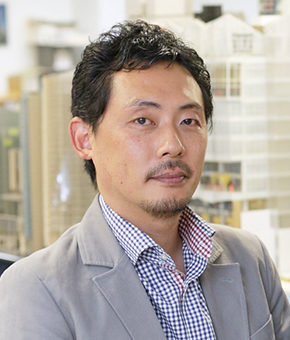
Yoshinori Moriya
Senior associate, ArchitectMajor works
New Haneda Airport International Passenger Terminal
Shibaura Island Design Guideline
Takamatsu Sunport Government Building -
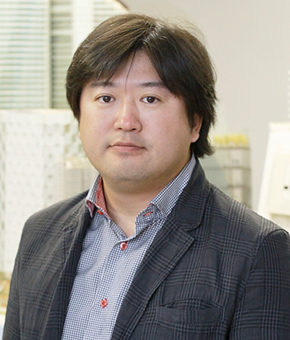
Hirohisa Ogata
Senior associateMajor works
SKYZ TOWER & GARDEN
Yodoyabashi Mitsui Building
Kyushu University New Campus -
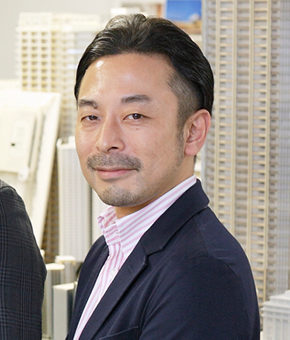
Kensuke Joko
Senior associateMajor works
Hilton Okinawa Chatan Resort
Mt. Moiwa Ropeway facilities
Park City Hamadayama
Our company culture is to value communication between members
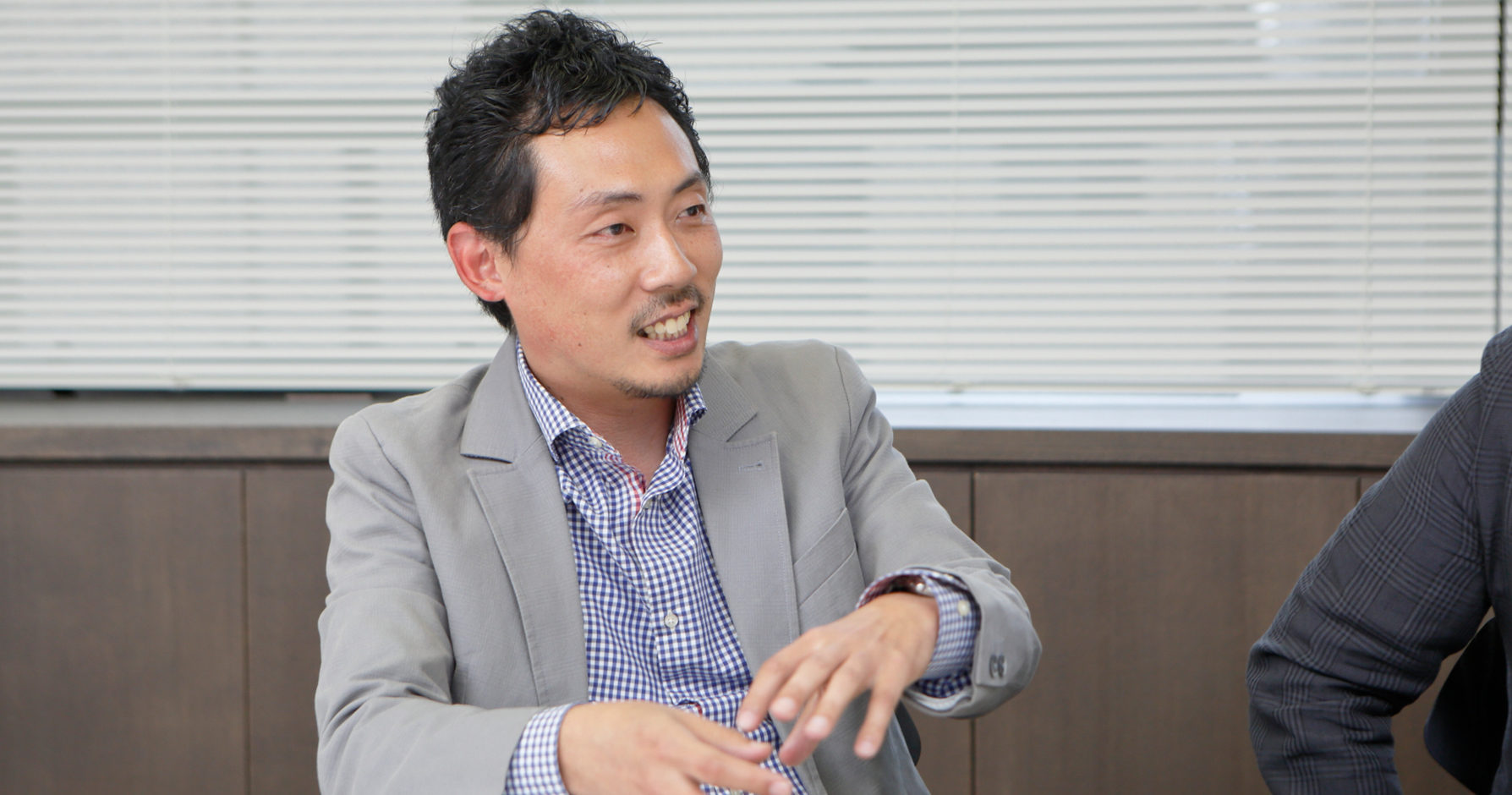
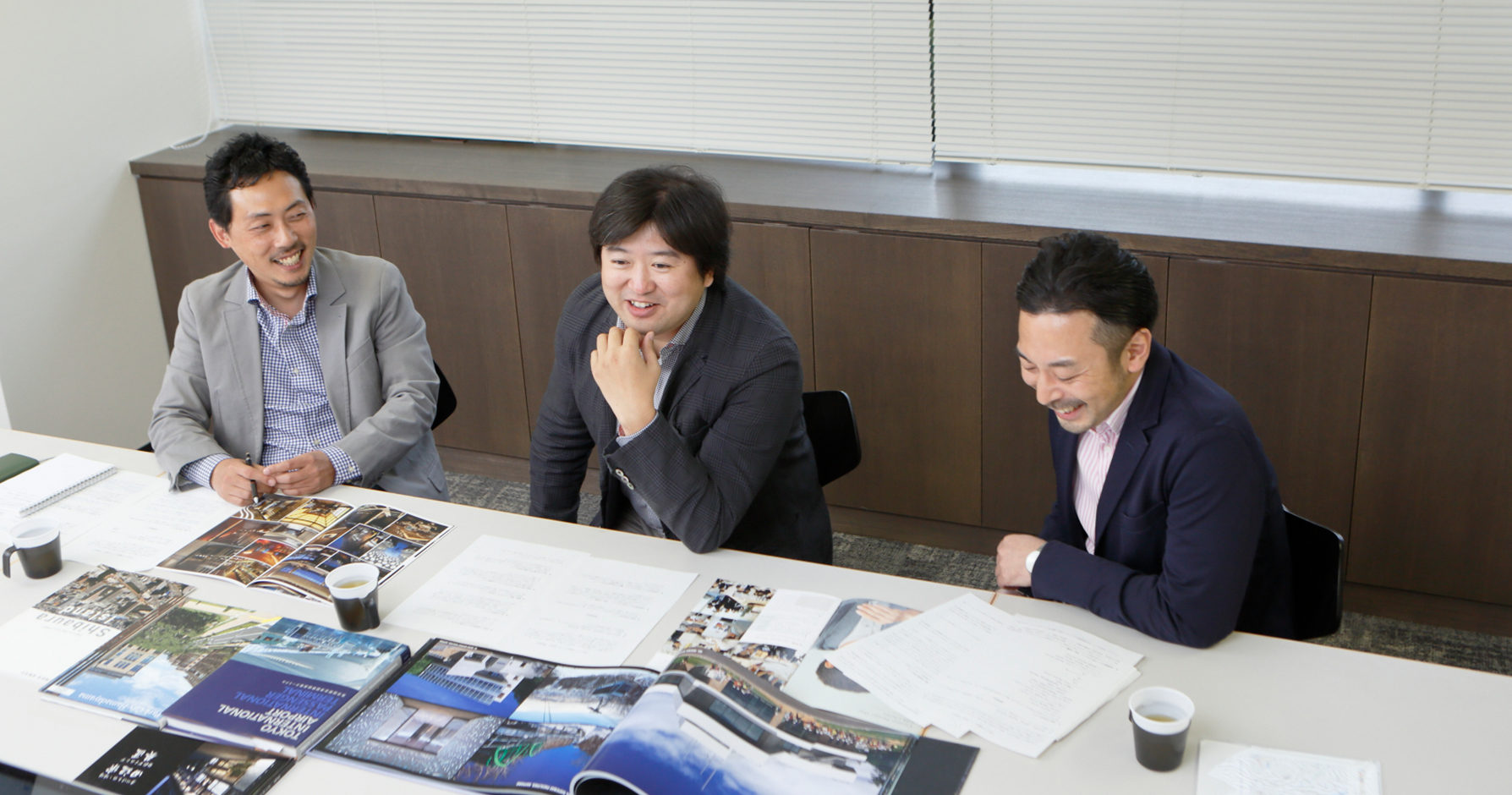
Following the local “manners”, for a design that matches the city
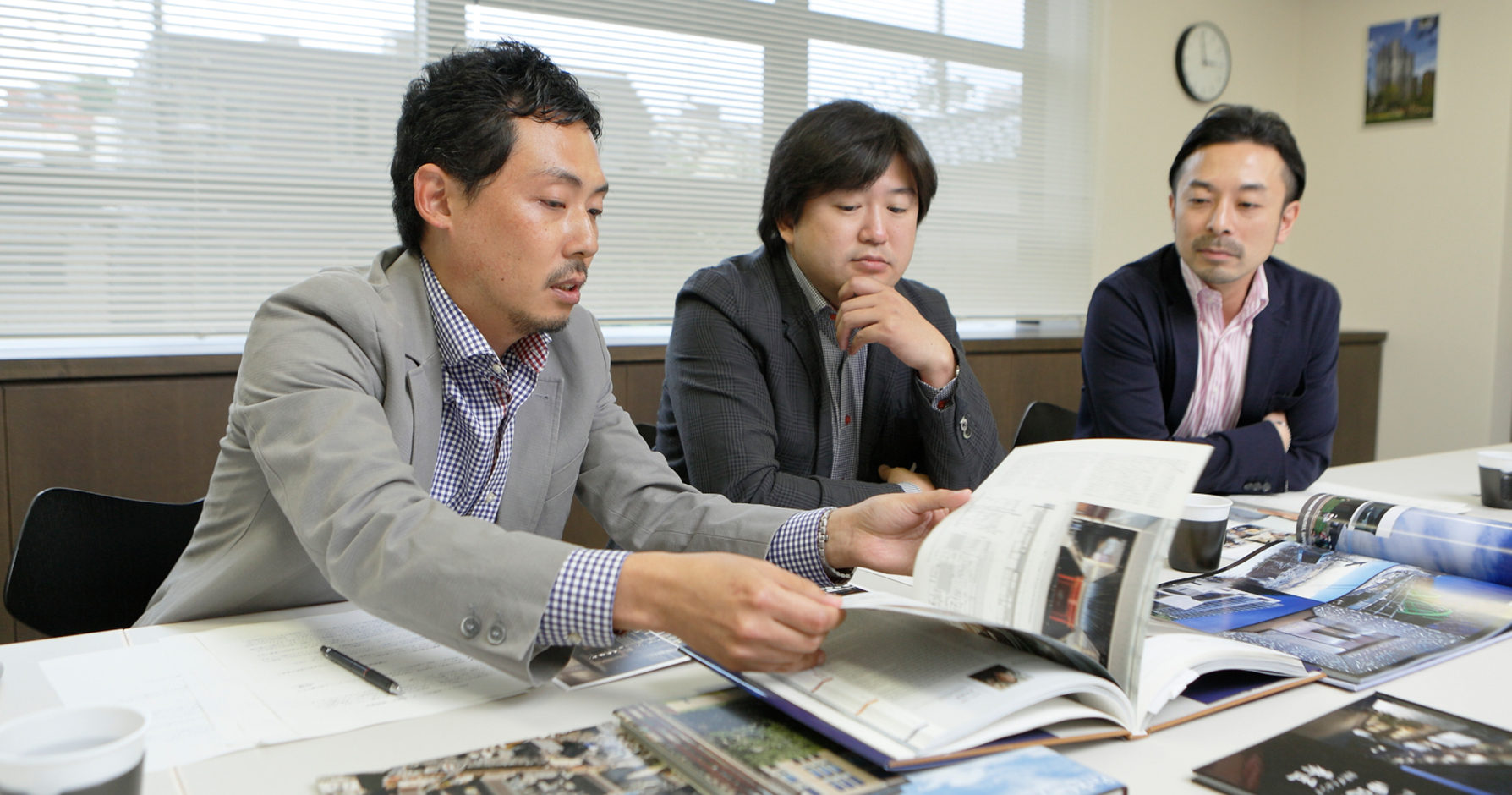
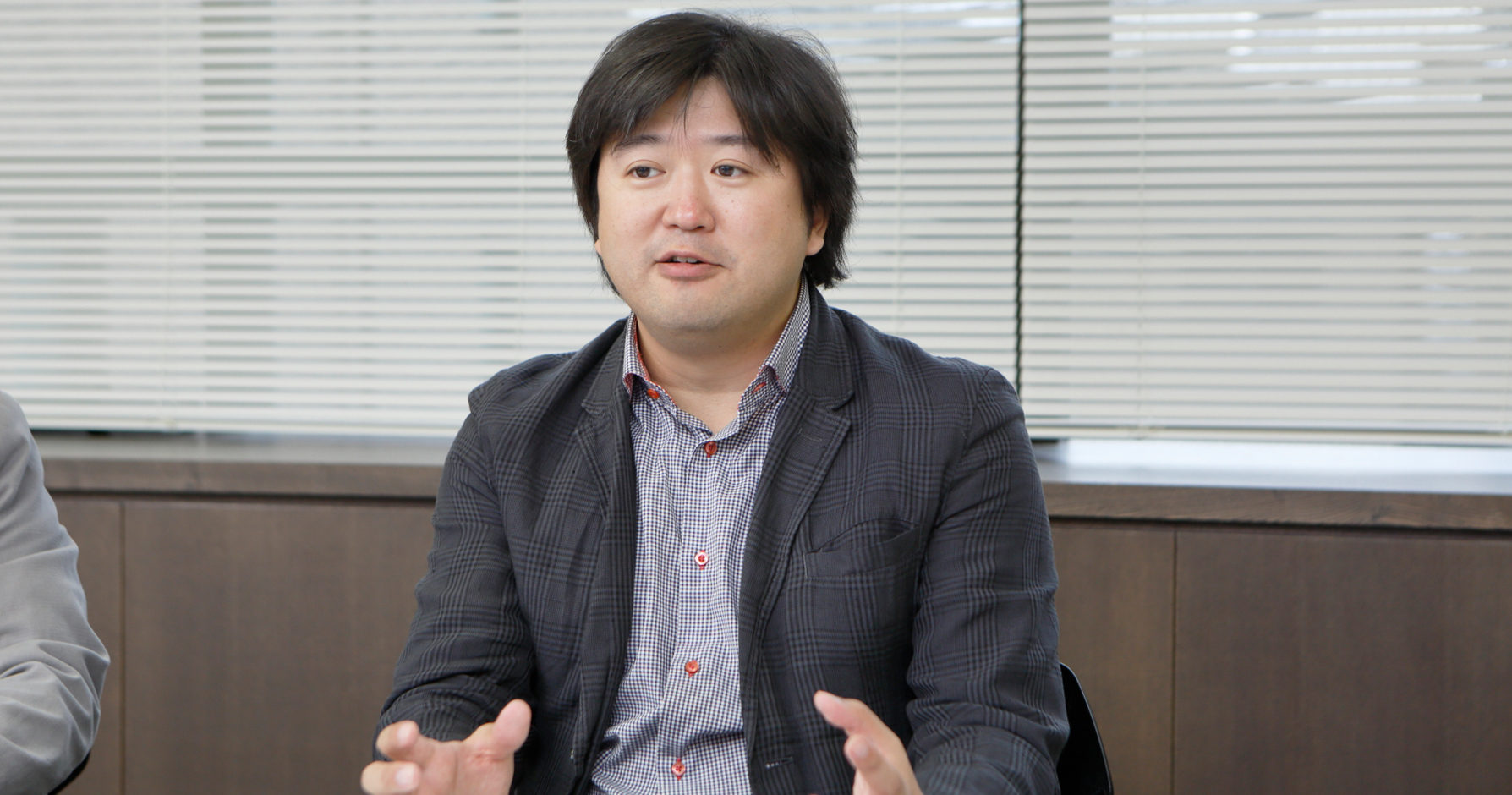
Sharing the sense of accomplishment with the client
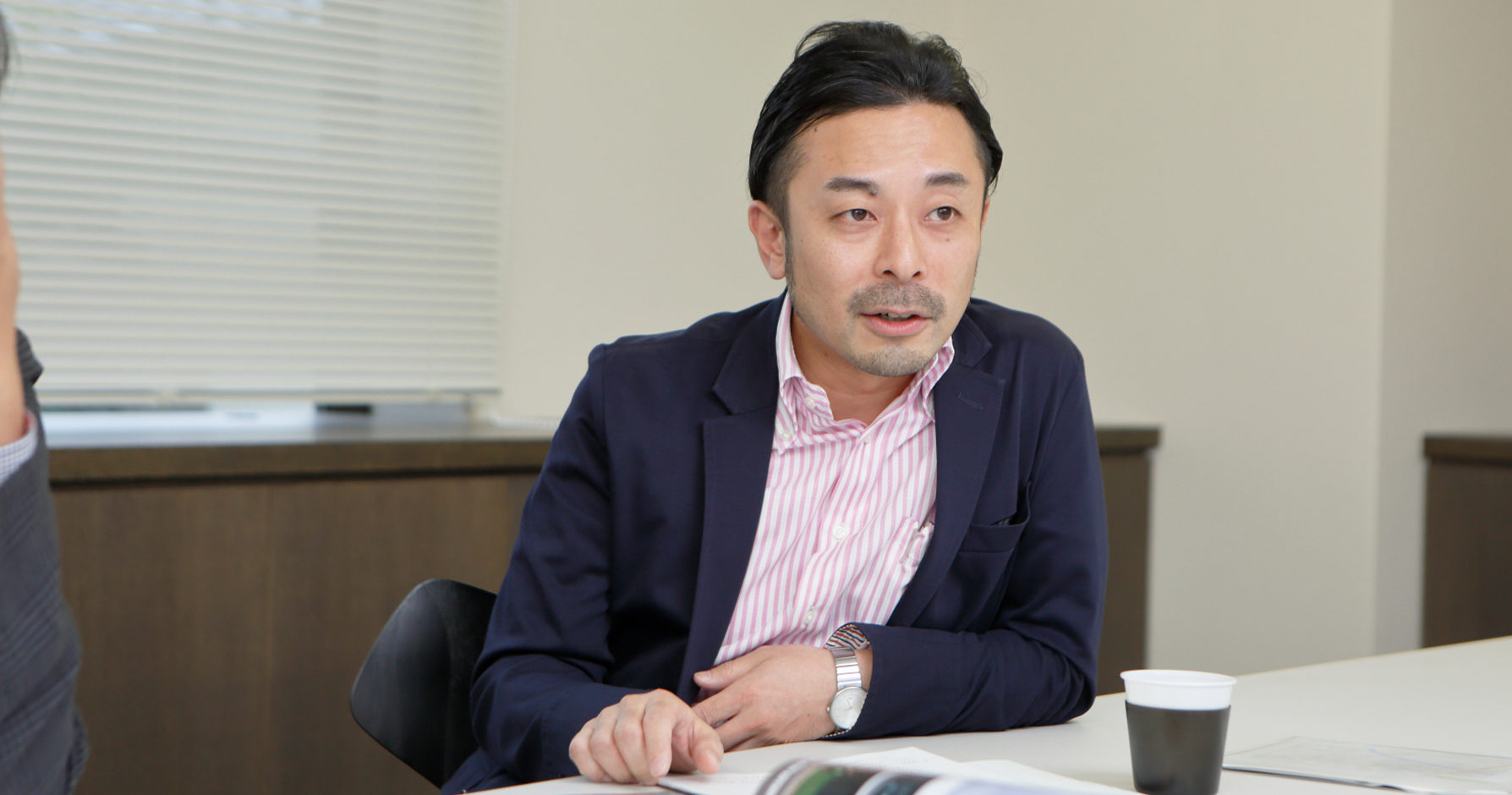
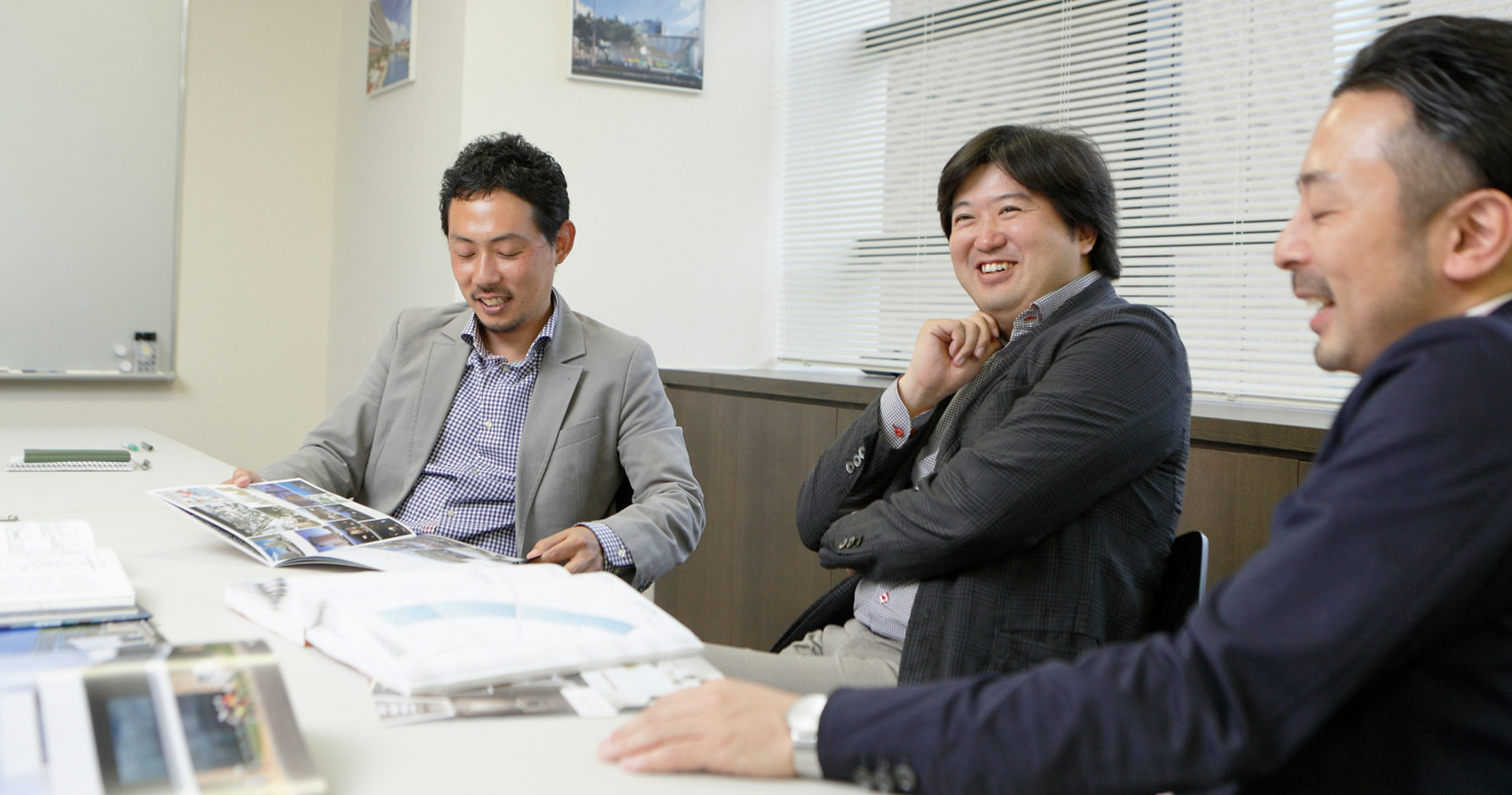
OTHER TALKS
CONTACT US
Please feel free to contact us
about our company’s services, design works,
projects and recruitment.
